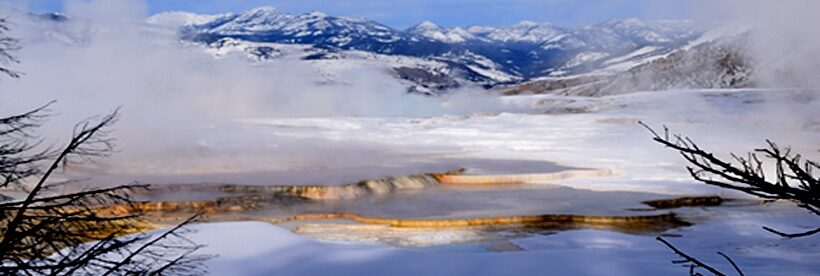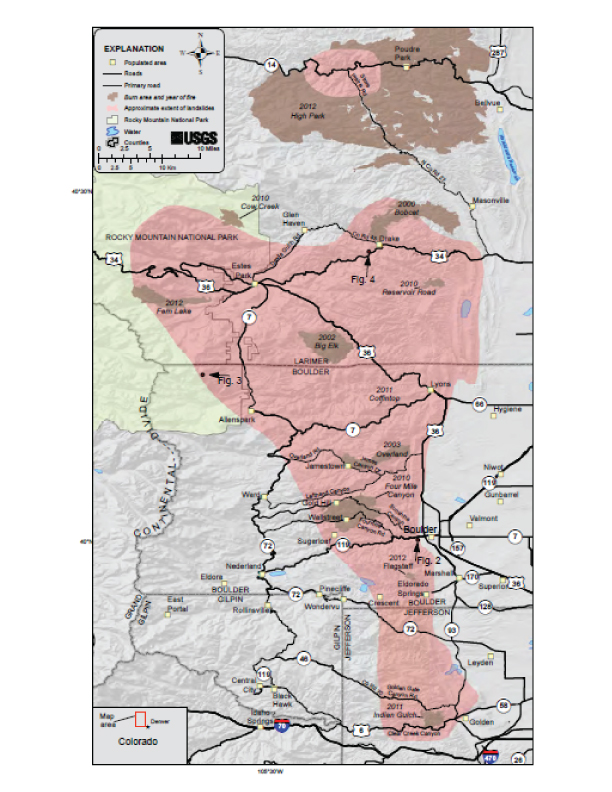
The northern Colorado Front Range area was hit with flooding and hundreds of landslides that were triggered by record rains that fell throughout this area from September 9 through 13, 2013. U.S. Geological researchers from the Landslide Hazards Group in Golden, Colorado, presented their findings to-date on landslide hazards associated with this storm event at the Geological Society of America’s (GSA) annual meeting in late October. A summary of their findings is available in the pdf online – Landslides in the northern Colorado Front Range caused by rainfall between September 9 and 13, 2013. The Figure 1 map from this pdf is shown above (red depicts the extent of the landslide area and 2000-2010 fire areas are in gray) and is a good reference map to use in understanding that the storm event damage happened inside a triangle along Colorado’s Front Range Mountains, spanning an area of approximately 1,150 square miles. As noted by the USGS researchers:
The combination of landslides and flooding was responsible for eight fatalities and caused extensive damage to buildings, highways, and infrastructure (fig. 2). Three fatalities were attributed to a fast moving type of landslide called debris flow (fig. 3). One fatality occurred in Jamestown, and two occurred in Pinebrook Hills immediately west of the City of Boulder. All major canyon roads in the northern Front Range were periodically closed between September 11 and 13. Some canyon closures were caused by undercutting of roads by landslides and flooding, and some were caused by debris flows and rock slides that deposited material on road surfaces (fig. 4). Most of the canyon roads, with the exceptions of Highway 6 (Clear Creek Canyon), Highway 46/Jefferson Co. Rd. 70 (Golden Gate Canyon), and Sunshine Canyon in Boulder County, remained closed at the end of September 2013. A review of historical records in Colorado indicates that this type of event, with widespread landslides and flooding occurring over a very large region, in such a short period of time, is rare.
I took an afternoon off from the GSA meeting and went to the flood damaged area to look at flood-related deposits and debris flows. At that time, most major canyon roads were still closed. I was able to go up Fourmile Canyon Road, which is west of Boulder, just off Highway 119, and then drove up towards Estes Park on Highways 72 and 7. The flood/landslide damage even in the areas I could get to was extensive. Below are several photos from these areas. As you can tell by the photos, there will be many homeowners looking for help from companies such as https://seiroofing.com/service-areas/allen/ and others around in order to assist with rebuilding their community.
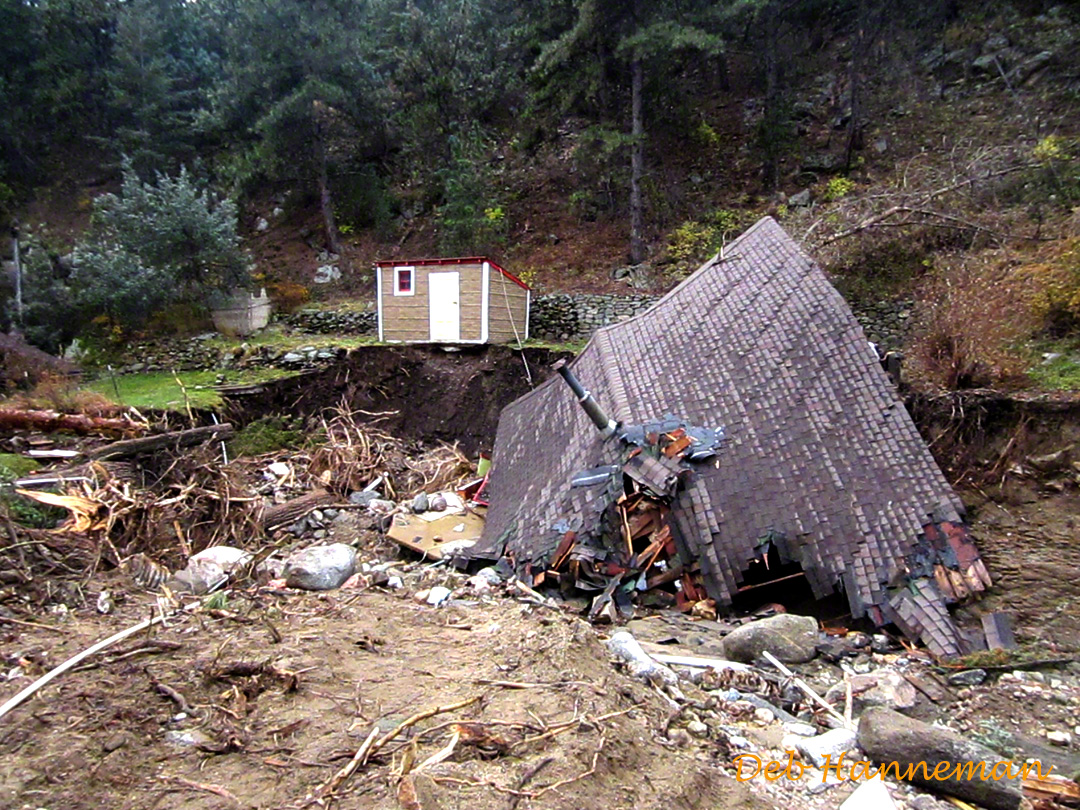
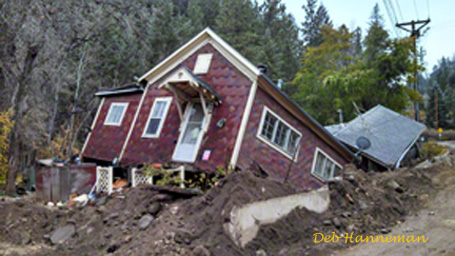

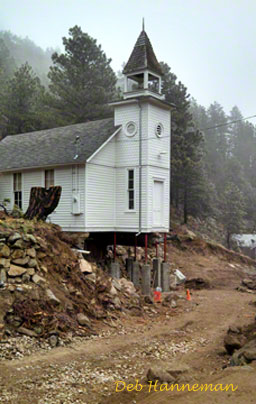
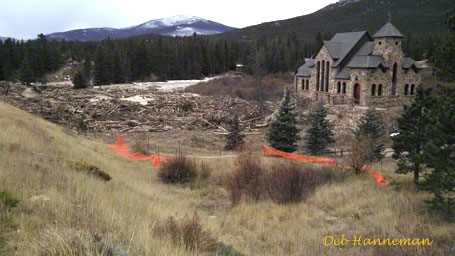
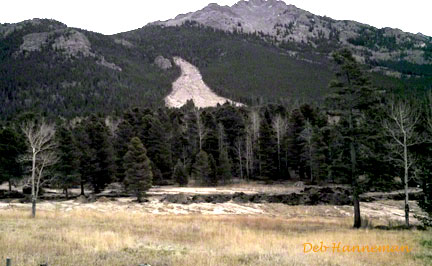
If this blog has peaked your interest in the September storm event, you should also read both a High Country News (HCN) blog and article written by Cally Carswell about Colorado Front Range flood events. In her HCN Goat Blog, Carswell tells why Front Range flooding is an inevitable event. She follows up the blog writing with a HCN article on lessons that should be learned by us all with this flood/landslide event. And – the flooding was not confined to just the immediate Front Range area. As floodwaters cascaded out of the mountainous areas, they engulfed towns and farmlands further east. The damage that is being caused around here is devastating communities, as well as to the lives of many homeowners who live in the area. Fallen trees, broken roofs and guttering, and even faulty HVAC systems could have been affected by the storm, and before their lives can even return to a state of normalcy, these devastating issues will need to be resolved. For example, if you find that you don’t have a fully-functioning heating system at your disposal, contacting experts similar to Buric Heating and Air Conditioning (burichvac.com/olney-heating-furnace/) will be in your best interests, as they will be able to help ensure that your home has access to suitable and warm temperatures going forward. This could be extremely beneficial, especially knowing that the extreme cold can significantly affect communities and homes if they do not have heating due to the destruction these floods have caused. National Public Radio ran a news segment on 11/19 that’s well worth listening to about how Colorado farmers are trying to recover from the historic flood event.
